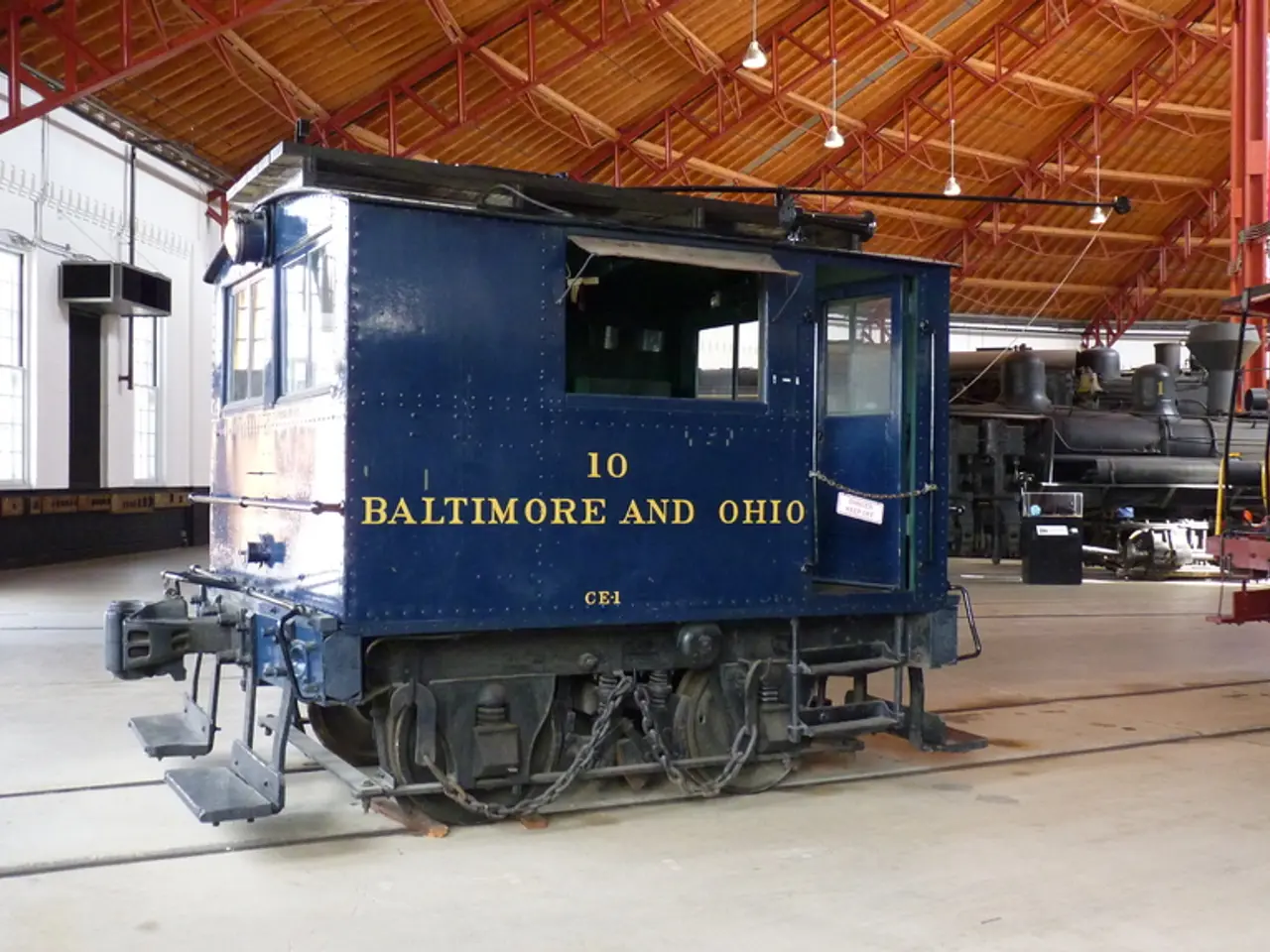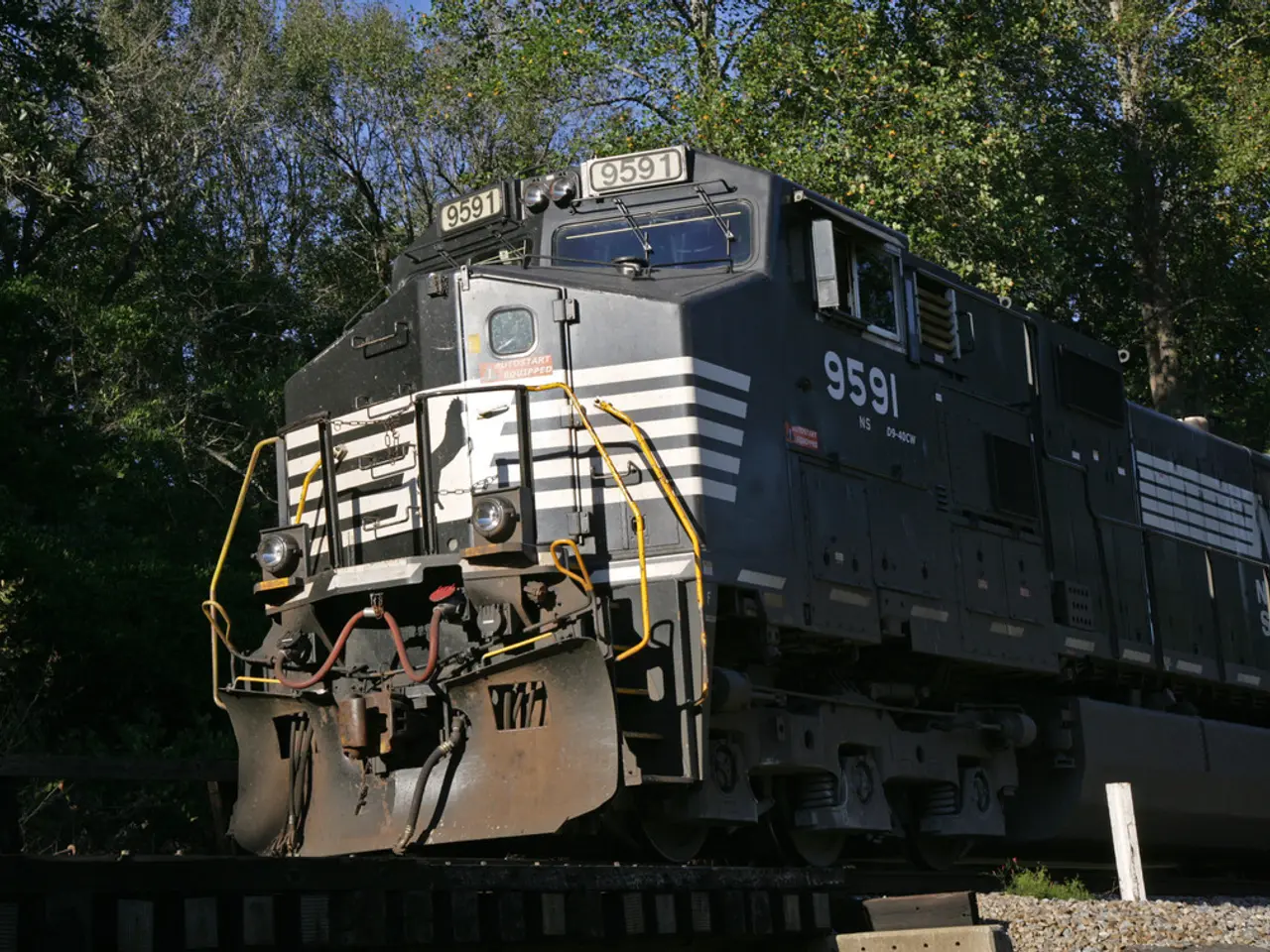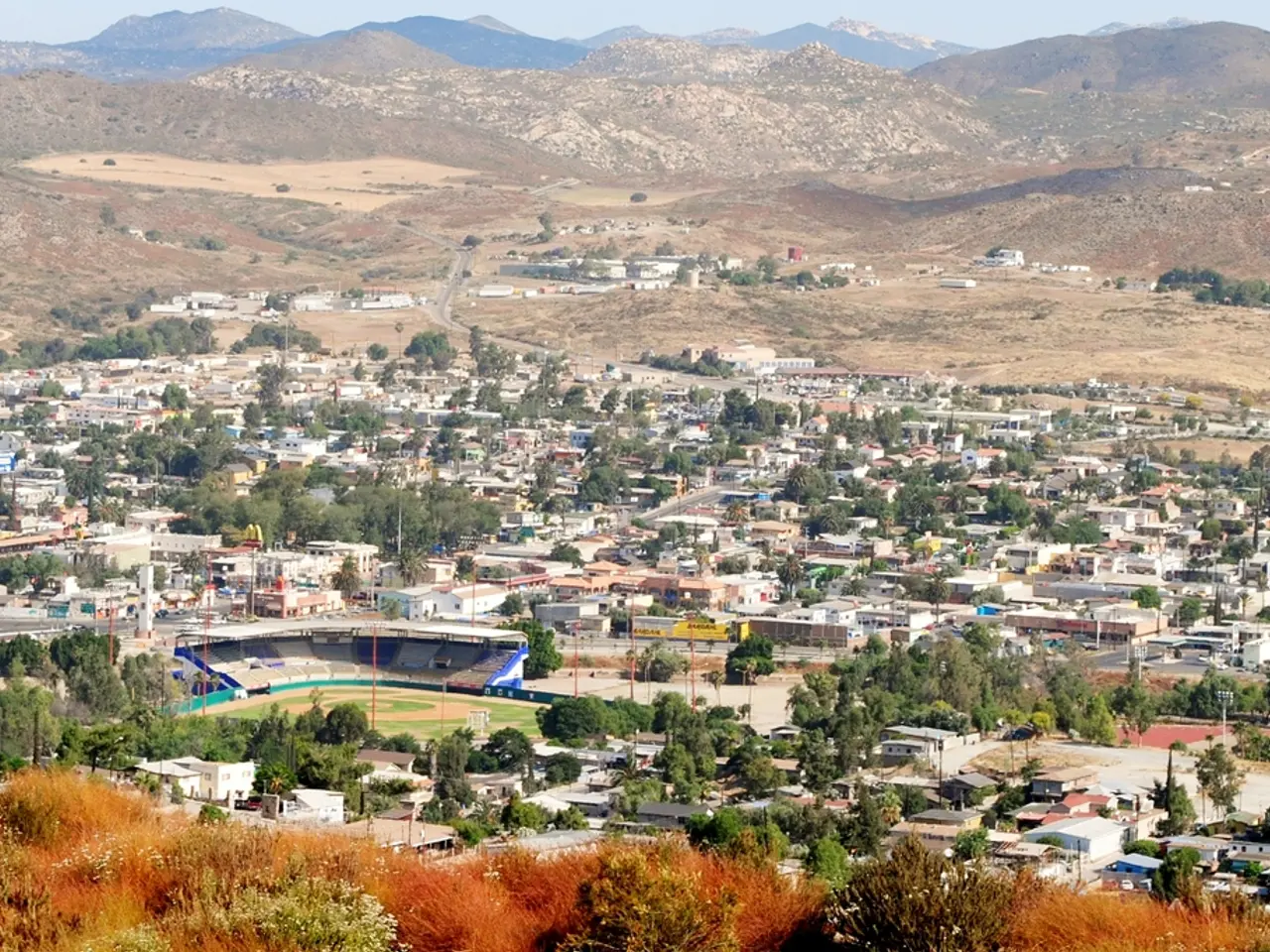Expanding Utilization of FSD Unsupervised Feature Now Covers Giga Berlin, Announces Tesla
In a significant stride towards autonomous vehicle technology, Tesla is actively implementing its Full Self-Driving (FSD) unsupervised technology across its global operations. This move aims to enhance real-world autonomous driving capabilities without heavy reliance on pre-mapped data or supervised driver intervention.
The deployment of FSD unsupervised technology is not confined to Tesla's labs but is being rolled out in the field. At the Fremont factory, production vehicles autonomously drive a 1.2-mile route from the assembly line to the logistics area. Giga Berlin and Giga Texas have followed suit, with the latter also beginning to use FSD unsupervised technology.
Tesla's unsupervised FSD software is being developed with the aim of being made available to individual owners by the end of 2025, initially in select cities. This rollout reflects Tesla’s confidence in its FSD systems' safety and reliability at scale. The technology is being tested and perfected in controlled yet unpredictable environments within the factories before being deployed on public roads.
The advancements in Tesla’s FSD system rely heavily on deep neural networks capable of real-time sensor fusion—processing data from cameras, radar, and ultrasonic sensors—to interpret dynamic environments and make autonomous driving decisions. Significant AI patents focus on enhancing these neural networks to better recognize road users, signs, and unpredictable events, advancing Tesla’s map-free and perception-based autonomous navigation.
Upcoming updates include capability for vehicles to navigate without depending on high-definition maps, allowing autonomous driving in remote or poorly mapped regions globally. Features like “reverse creep” enhance safety by enabling vehicles to move backward to avoid danger autonomously, a behavior mimicking cautious human driving.
The integration of Tesla’s hardware evolutions, particularly the HW3 upgrade and the forthcoming AI5 FSD computer, enables handling of vast processing demands required for unsupervised driving. The AI5 computer promises more refined decision-making, especially in high-density urban traffic and complex navigation scenarios, critical for autonomous operations worldwide.
The technological advancements and data collected from fleet-wide FSD use feed back into development cycles, accelerating autonomous vehicle refinement and regulatory engagement worldwide. Tesla's continuous upgrades in AI, hardware, and functional safety systems underline a strategic, globally consistent deployment with iterative updates.
In Austin, newly built Model Ys traverse a 1.4-mile route, while Cybertrucks take a shorter yet more complex path that includes a steep 17% grade and tunnel passage. The use of FSD unsupervised technology inside the factories provides a controlled yet unpredictable environment to test and perfect the software ahead of real-world use on public roads.
In summary, Tesla’s unsupervised FSD technology implementation across its fleet and forthcoming AI-enabled hardware upgrades are advancing the autonomous driving field by demonstrating scalable neuromorphic vehicle intelligence and adaptive unsupervised learning in real-world conditions. The impact includes setting industry benchmarks, influencing AI-driven vehicle standards, and expanding the operational domains where fully autonomous vehicles can safely perform without human supervision.
- Tesla's global operations, including the Fremont factory, Giga Berlin, and Giga Texas, are utilizing the Full Self-Driving (FSD) unsupervised technology in their automotive production processes, showcasing the technology's potential for transportation.
- As part of its future plans, Tesla aims to make its FSD software available to individual car owners, with an anticipated launch in select cities by the end of 2025, impacting the lifestyle sector by promoting the accessibility of electric-vehicles equipped with advanced technology.
- The advancements in Tesla's FSD system, such as capabilities for autonomous driving without relying on high-definition maps and the integration of AI5 FSD computer, are shaping the automotive industry by pushing the boundaries of automobile technology.
- The company is leveraging the data collected from its global FSD deployments to refine autonomous vehicle technology, foster regulatory engagement, and set industry benchmarks for the use of unsupervised learning and neuromorphic vehicle intelligence in cars.




